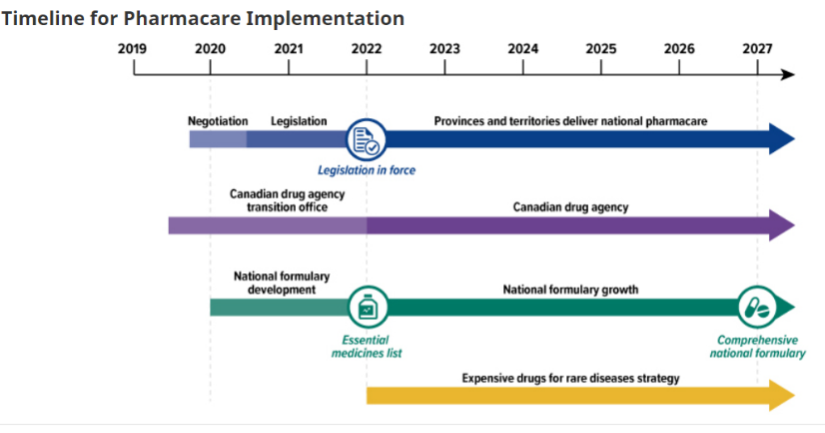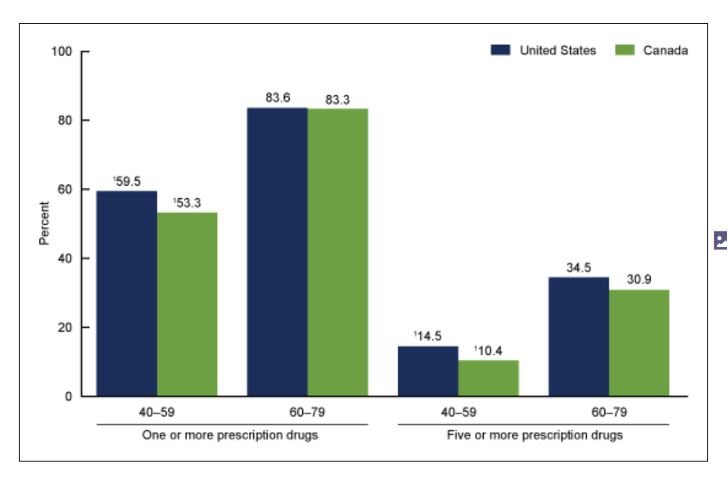Last updated: October 18 2023
Year-End Planning: Medical Expense Claims Important

Evelyn Jacks
Canadians spent $34 billion on prescriptions in 2018, and it’s no surprise that statistics show that older people consume more prescription drugs than the young. In fact, drugs are the second biggest expenditure in health care after hospitals. We also spend lots on doctors. It’s an important consideration for your Baby Boomer clients who will all be aged 65 and older by 2031, especially as a national pharmacare program will not be on the horizon until at least 2027. But, for this year, progress is being made on the new Canada Dental Care Plan. What’s important is to keep all receipts immediately. Here is an overview of what’s on the horizon:
New Canadian Dental Care Plan: The March 28, 2023 Federal Budget introduced this new plan, which will replace the interim Canada Dental Benefit. It will provide dental coverage to 9 million uninsured Canadians with net family income under $90,000. There will be no co-payments for those with income under $70,000. The current CDB covers costs for children under 12. The new plan is proposed to cover children 18 and under and seniors age 65 plus as well as those living with a disability. The plan is expected to start rolling by the end of 2023 with full implementation for all lower income Canadians by 2025.
Implementation costs are 2.8 Billion in 2023-24, $1.2 billion in 2024-2025, $2.8 Billion in 2025-2026 and then $3.3 Billion in 2026-2028 for a total of just over $10 Billion, assuming the provinces don’t reduce or eliminate their coverage; if they do it would cost the federal government almost $5 Billion more over 5 years, according to the Parliamentary Budget Officer. Many provinces have these plans including an Ontario Dental plan for low income seniors.
Last month it was revealed that an Early Work Agreement worth up to $15 million has been awarded to Sun Life Assurance Company of Canada (Sun Life) to undertake the necessary pre-contractual work to ensure the timely launch and successful operation of the Canadian Dental Care Plan. Specifically, this will include recruitment, information technology and business planning. The main contract is expected to be awarded in fall 2023, pending Government of Canada approval.
New Canada Pharmacare Program. Also envisioned for the future is a new national pharmacare program, to be put into place by a new national drug agency by 2027 as shown in the implementation table below. The plan is that Canadians will pay no more than $2 or $5, depending on the drug at their pharmacy. A straightforward antibiotic will cost $2. For a drug that is hundreds or even thousands of dollars, the copayment will be $5. At the time of writing this was not yet law. In the meantime, prescription drug costs that are unreimbursed by a public or private health care plan can be written off as a medical expense on the tax return.

Who takes drugs in Canada vs the US? An interesting study by the Centre for Disease Control and Prevention found that among Canadian adults aged 40–79, 65.5% used one or more prescription drugs and 18.8% used five or more. As shown older people used significantly more; women used more than men.

August 2019 Craig M. Hales, M.D., M.P.H., Jennifer Servais, B.Sc., Crescent B. Martin, M.P.H., M.A., and Dafna Kohen, Ph.D., M.Sc.
Make a Difference. Adults aged 40–79 making up 44% of the population in the United States and 48% in Canada in 2016. Baby boomers will spend more in pharmacare and health care in general over the next decade and for these reasons, sharing news about government programs available now and in the future can be most helpful.
Next Time: The New Canada Disability Benefit and Medical Expense Write-offs
